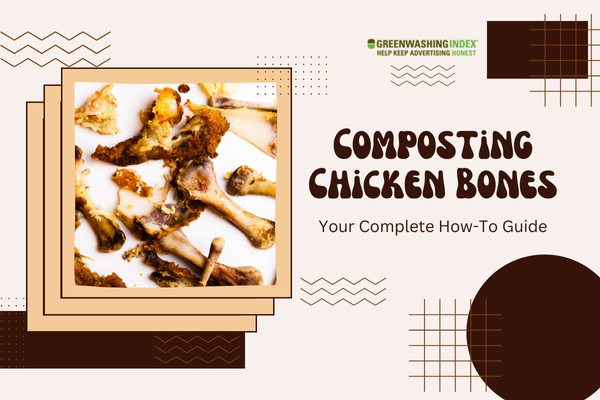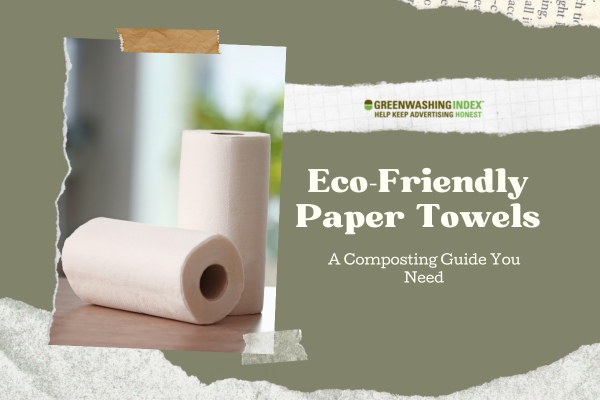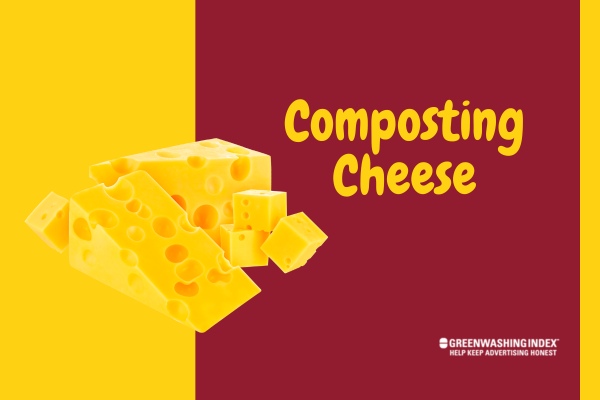Have you ever had a delicious chicken dinner and found yourself staring at the pile of bones left behind, wondering if they could be used for something better than just trash?
Well, if you’re venturing into eco-friendly practices like composting, you might ask, can those chicken bones find a second life amidst your apple cores and banana peels in the compost bin? Let’s dive into the ins and outs of composting chicken bones and whether they can truly contribute to your garden’s health.
Can you just toss those leftover pieces from your fried chicken dinner right into the composter with your other kitchen scraps? Well, technically, yes, but hold your horses — there’s a bit more to it.
While many compost aficionados traditionally shy away from adding animal products to their piles due to concerns over pests and odors, I figure it’s important to discuss how, with the right approach, even something as tough as chicken bones can be turned back into soil-nourishing gold.
What You’ll Garner From This Read:
- Insightful tips on starting your home compost heap
- The do’s and don’ts of sustainable composting practices
- Step-by-step guidance for composting chicken bones successfully
- Strategies for organic waste reduction at home
- Solutions to common problems when adding tougher items to your pile
How to Start a Compost Heap?
Let’s unravel the world of composting— something that often sounds more complex than it is. The essence of composting is simple: it’s nature’s way of recycling. But to truly understand and get the most out of it, there are some key bits we’ve got to cover.
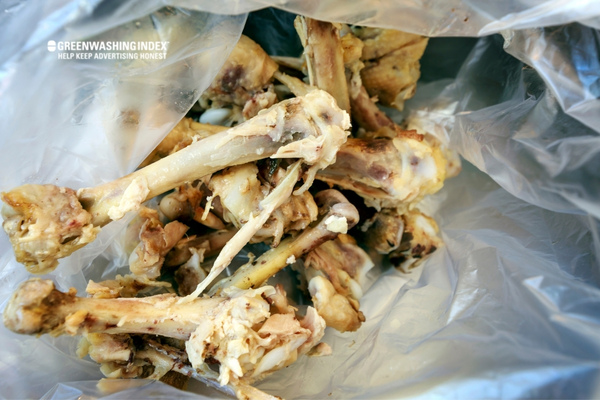
Are you keen on giving back to Mother Nature while prepping your very own fertile ground? Follow these steps:
- Pick Your Spot: Find an ideal corner in your yard — one that’s dry and shady works nicely. No yard? Look into a compact bin for your patio or balcony!
- Bin or Pile?: Decide if you want an open pile or a bin that can keep things tidier and deter critters.
- Layer Up: Start by layering brown material (dry leaves) followed by green material (kitchen scraps). Remember—the more diverse, the merrier!
- Brown Materials: Branches, twigs
- Green Materials: Fruit vege scraps
- Size Matters!: Chop larger items into smaller chunks; they’ll break down faster!
- Turn It Over: Mix yer pile every week or so with a shovel or pitchfork – it gets oxygen in there and speeds up the process.
Best Practices:
- Consistency Is King: Aim for equal parts browns—carbon-rich items like fallen leaves—and greens—nitrogen-heavy stuff like veggie peelings.
- Water as Needed: Your heap should feel like a well-wrung sponge—a happy medium moisture-wise.
Patience Makes Perfect: Give nature time! Depending on conditions, this could take months, but trust me—it’s worth the wait!
Pro Tip: Keep critters at bay by covering new additions with brown materials—and never add meat scraps!
Now that we’ve laid down those essential nuggets about composting basics, let’s ponder over some rather unconventional additions – yes, I’m looking at chicken bones! Stay tuned as we take our eco-journey through kitchens haunted by leftover leg bones… Can they really join our green festivity in the backyard bin? Keep reading as we slice through myths and toss facts around regarding chicken bone composting!
Delving into Bones in Compost
When you’re deep in the trenches of organic waste recycling and committed to a sustainable lifestyle, a big question that comes up is about composting chicken bones. It makes sense to ask—after all, chicken bones are a part of our kitchen scraps. But should they find their way into your compost heap? Let’s pick apart this topic together.
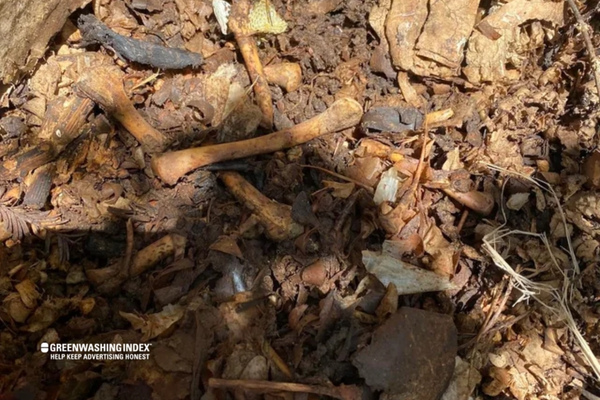
Can You Put Bones into Your Compost Heap?
Wondering whether those leftover chicken wings or thigh bones can be tossed into your compost pile? I’ve found some answers for you.
- Nature of the Material: First things first, bones are indeed organic material. They will eventually break down over time.
- Type of Composting: Traditional backyard compost heaps may not be ideal for bones because they don’t typically reach high enough temperatures to break down hard materials quickly or kill potential pathogens. But, in industrial operations or specialized systems like Bokashi bins where higher heat can be achieved, it might work out differently.
- Time Factor: Composting chicken bones takes significantly longer than fruit scraps or vegetable peels. We’re talking months or maybe years here.
- Safety Considerations: You need to keep in mind that if not handled correctly, adding chicken bones could attract pests and rodents to your garden haven.
Highlight: Chicken bone composting has its ifs and buts. Consider the type of composting system you have at home before deciding to add them.
Pros and Cons of Composting Chicken Bones
So, let’s weigh our options when it comes to composting chicken bones since we’re all about making informed choices around here.
Pros:
- Waste Reduction: By composting chicken bones, you’re reducing landfill waste—it’s a thumbs-up for environmental stewardship.
- Nutrient-Rich Compost:
- They contain calcium, which is an important nutrient for soil health; over time, these nutrients get integrated into your compost, delivering goodness back to the earth.
- When finally decomposed completely, they contribute positively by enriching the soil structure.
Cons:
- Attract Pests: Without sugar-coating—bones can smell while decomposing and attract unwelcome wildlife or neighborhood pets.
- Slow Decomposition:
- Patience must become your best friend because these tiny skeletal structures are tough! Expect prolonged decomposition times compared with other organic waste materials.
- If not broken down properly before adding them into the mix (more on this later), they might linger around much longer than everything else in your pile…and I mean eons in compost years!
Listed Side Note: The benefits are there, but so are some pretty stubborn drawbacks when considering adding those post-picnic residuals to your heap.
While integrating these bony leftovers might bring an element of challenge-place – “composting do’s and don’ts”—to keep close by as cheatsheets may just be what stands between a thriving composite mixture and one that’s… well, frankly a bit ‘boney.’ And trust me, no one likes bony soup—or bony anything, really!
Stick around as we’ll next talk about preparing those stubborn little remnants from Sunday roast (yup, talking about those pesky chicken bones) for their journey towards becoming part of nature once again through responsible “organic waste recycling” methods and “sustainable composting practices” that help us achieve significant “waste reduction at home.”
Steps to Successfully Compost Chicken Bones
Composting chicken bones can be a rewarding part of your organic waste recycling routine. While it requires attention to detail, the process can contribute significantly to reducing waste at home. Now, let’s dive into how to handle chicken bones in composting, from preparation to problem-solving.
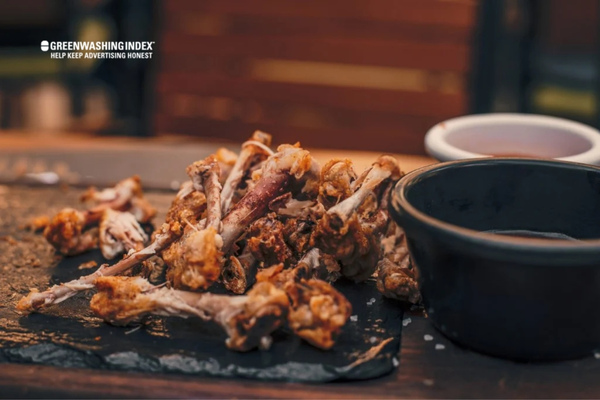
Preparing Your Chicken Bones for Composting
Before chicken bones can become part of your compost heap, they need a little prepping:
- Clean Them Up: Remove as much meat and grease as possible because these can attract pests.
- Size Matters: Break down large bones into smaller pieces; this helps them decompose faster.
- Optionally, you could bake or boil the bones before adding them to your pile, which may help speed up the breakdown process.
The Right Process of Adding Chicken Bones to Your Heap
To successfully integrate chicken bones into your compost, follow these steps:
- Always add a layer of “brown” materials like dry leaves or shredded paper first.
- Sprinkle a thin layer of soil over this “brown” layer.
- Now add your prepared chicken bones on top – scatter them rather than dump them in one spot.
- Cover with another generous helping of “brown” materials, which also helps in odor control and prevents attracting animals.
- Turn your heap regularly – oxygen is key for composting!
If using a bin:
- Ensure it’s rodent-proof if animal attraction is a potential issue.
- Add other organic kitchen scraps as well, but balance them with those important “browns.”
Troubleshooting Common Problems
Dealing with decomposition issues or unwanted visitors? Here are some tips:
- Slow Decomposition:
- Double-check the balance: Have you added enough green material, like vegetable scraps, for nitrogen?
- Increase surface area: Break the bones down into even smaller pieces if necessary.
- Odor Issues:
- This often means too much moisture; add more browns like cardboard or sawdust.
- Pests Attracted:
- Secure your bin: Make sure it’s well-sealed against rodents and raccoons.
- Bury deep in the center: Place not just bone but all food waste well within layers of brown.
Remember that patience is key when composting tougher materials like chicken bones, but keep at it—sustainable composting practices benefit both our gardens and our planet!
FAQs
Can all types of animal bones be composted?
Not all animal bones are ideal for home composting. Larger, denser bones may take much longer to break down compared to smaller bones like those from chickens, and they might require specific conditions to decompose efficiently.
How long does it take for chicken bones to decompose?
Chicken bones can take anywhere from 5 to 10 years to fully decompose in a typical backyard compost setting. Pre-treatment methods can help speed up the process, however.
Will composting chicken bones attract pests?
Composting chicken bones has the potential to attract pests like rodents or raccoons if not managed properly. Ensuring your compost is well-covered and using a secure bin can help minimize this risk.
Conclusion
In wrapping things up, composting chicken bones can seem daunting, but it’s quite manageable with the right approach. The journey to transform what might be viewed as mere kitchen scraps into nutrient-rich compost brings numerous ecological benefits.
While tossing chicken bones straight into the bin is undeniably simpler, in the grand scheme of helping reduce waste and promote sustainable living, the extra steps involved in chicken bone composting are a small but potent act of environmental stewardship.
Key Takeaway Points
- Composting chicken bones is feasible with proper preparation and precautions.
- Organic waste recycling through chicken bone composting supports a sustainable lifestyle.
- Addressing common problems ensures the successful integration of bones into your compost heap.

